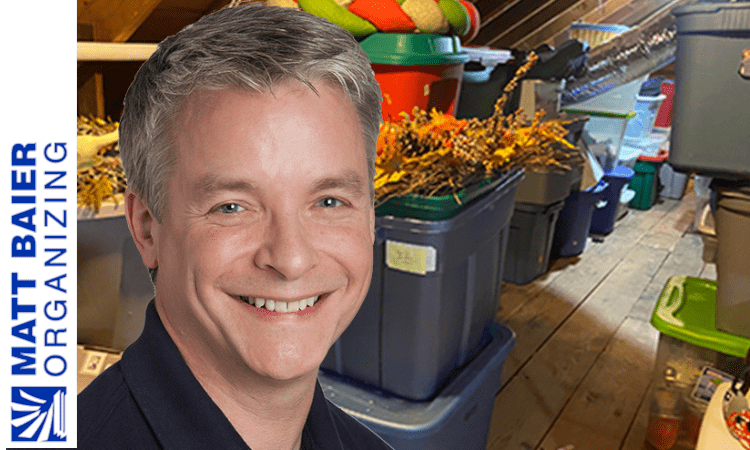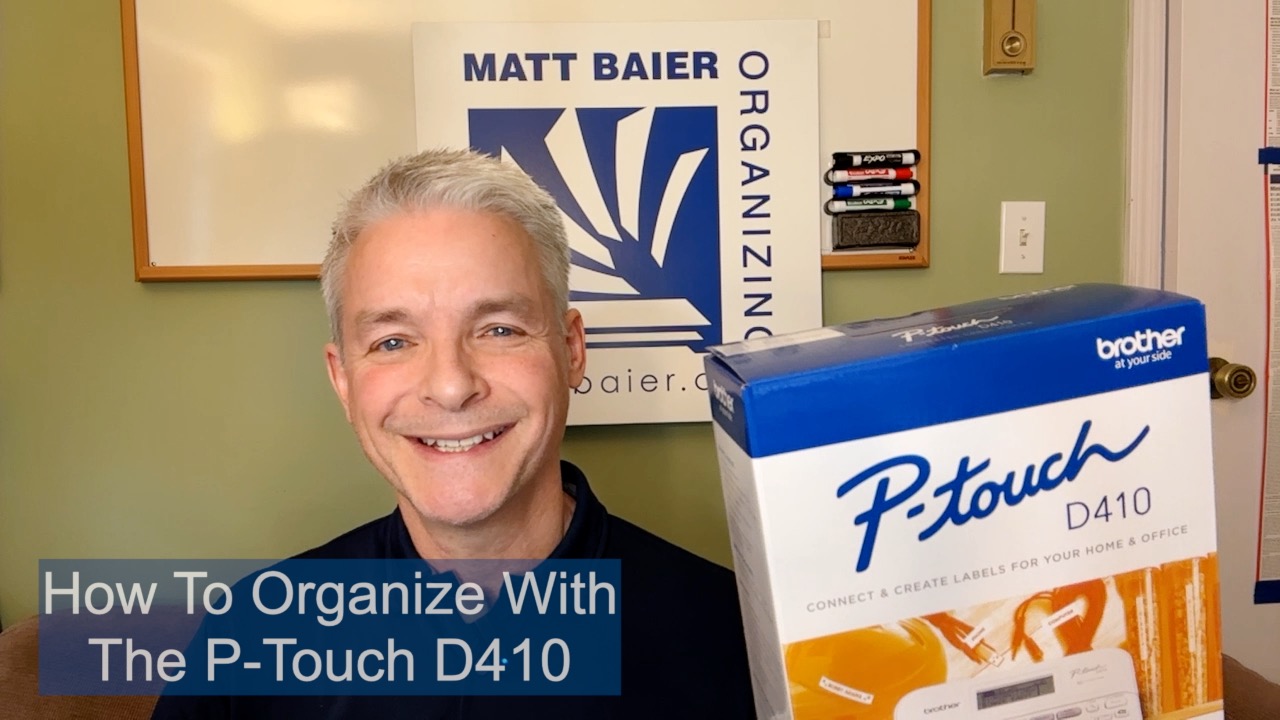The Science of Organizing
Because my organizing team is able to consistently deliver such excellent results, many of our clients credit us with working magic. But it’s not magic, it’s not luck, and it’s not talent. It’s science.
Science. The intellectual and practical activity encompassing the systematic study of the structure and behavior of the physical and natural world through observation and experiment.
Our methods come from a lot of calculated experimentation and trial and error. They are tried and true and can withstand challenges. Here are five examples of our scientific organizing methods
1. Context Drives Decisions.
When you have all items from the same category collected in place, it is much easier to make decisions on what to keep, toss, donate and sell, than if you are randomly jumping from one category to another. Seeing all items from one category together makes it easier to prioritize, because you can more accurately assess relative value.
2. Two Directions: Out and Up.
There’s certainly no magic to where open space comes from. Clutter has only two directions to go: out and up. Either you must toss, donate, sell, or reassign clutter and get it out OR you must take advantage of your vertical space and store things upwards. Just stuffing your excess stuff into prettier bins will do nothing to help you get organized or stay organized.
3. Ask Why to Determine Where.
Every time a client jumps the gun and asks “where should this go?,” during a purge, we turn it around and ask “why are you keeping it?” We’re not challenging them to toss it. We’re asking because you can keep the same item for different reasons. For example, books you keep for handy reference should be easily accessible, while books you keep strictly for sentimental reasons should be store more remotely. I’m repeating this one from a few blog posts ago, because it comes from extensive field research and always withstands challenges. It’s scientific and needs to be included on this list too.
4. Quantity Dictates Systems.
It is very unscientific to go out and buy containers, before you know how much you need to contain. Doing a systematic sort and purge first, will help you scientifically arrive at the appropriate choices for containers and systems.
5. Circulation Prevents Accumulation.
I saved the best for last. Getting organized and staying organized happen most effectively when there is a plan for items to advance forward in a series of manageable, reliable stages. Think of your dishes. They go from cupboard, to counter, to table, to sink, to dish-rack, and back to cupboard again. If they do not reliably get washed in the sink, they pile up, the counters fill-up, and you start to run out of dishes. Suddenly the stages are no longer manageable. I use this example because most of us can keep this cycle circulating reliably. To stay organized it helps to have a cycle like this for everything.
These are some of our best methods, based on extensive research and consistent results. If you systematically follow them, they will help you get organized and stay organized. I’m basically giving away the store here, except that what we offer is a combination of this knowledge with the physical strength and ability to focus. That would be our magic.
Do you have some scientific organizing methods, that work every time?
Please Share With Your Community
Testimonials
What some of our clients are saying
Imagine An Organized Home
















